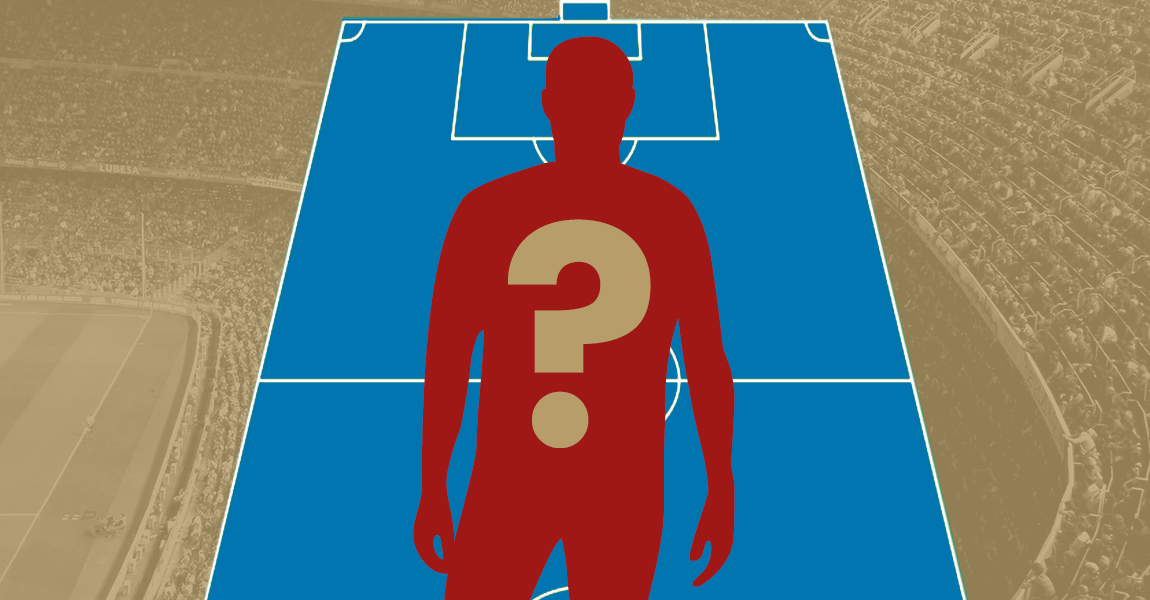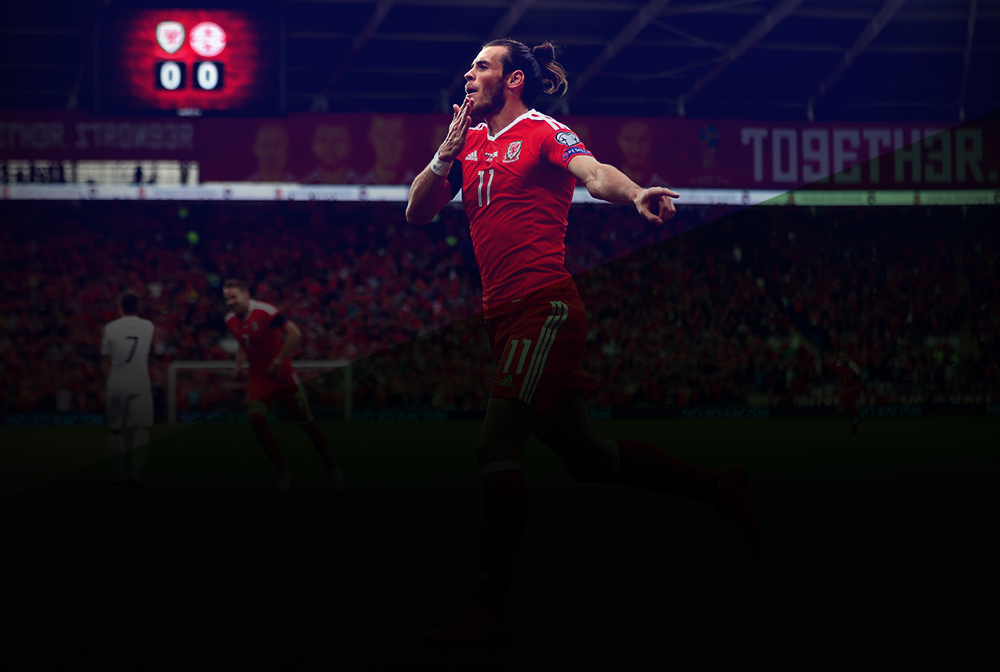Manager Niko Kovač has named his squad, and it contains a lot of big name players like Luka Modrič, Mario Mandžukić, Ivan Rakitič, Ivica Olič, Darjo Srna, Vedran Ćorluka, Brazilian born Eduardo. It seems like a rather capable squad which should progress past the group stage.
BASIC FORMATION
Kovač was assigned as a caretaker in the beginning after bad results in the qualiyfing stages, but he managed to take Croatia to the World Cup via the playoffs and changed the idea of playing for the national team. Having changed their manager and played only a couple of games under Kovač, Croatia are trying to adapt to a different style of football and it is visible that they are occasionally having problems with adaptation and understanding. The most logical strategy is to play a 4-5-1 (with two different variations) at least in the group stage of the tournament.
Kovač called Pletikosa to national duty as the goalkeeper and relied on the 35 year-old’s experience for the play-off games against Iceland. Pletikosa did not concede any goals in the playoffs, but then again Subašić was fielded as the starting goalkeeper against Switzerland in a friendly, so it isn’t 100% sure who will be the starting goalkeeper in the tournament. The back four of Srna-Ćorluka-Lovren-Pranjić seems to be almost decided, though it is possible that Kovač could push Srna up front against Brazil, since Olić, who naturally occupies that position, is likely to be the starting striker for that game with Mandzukic suspended.
In the midfield against Brazil Kovač needs to play Modric while Rakitić will be pushed forward to his preferred number 10 position. On the left Perisić seems to have secured his position, while on the right, as mentioned, Olić would normally start, but with the suspension of Mandžukić he, or Nikita Jelavić will start up-front as the lone striker. Eduardo of Shakhtar Donetsk could be deployed on the right if Olić is to be pushed up front if Kovac decided not to go with Srna there, but that is unlikely.

Made using Tactical Pad
ANALYSIS
Igor Štimac surely had a different way of handling things on the pitch. He often deployed Rakitić on the right, played Mandžukić and Olić as a duo up front, even went as far as deploying the young Mateo Kovačić as a holding midfielder in a 4-1-3-2 against Serbia in the qualfying stage.
However Kovač isn’t maybe that much of a risk taker, especially when thought Croatia will be competing against Brazil, Camreoon and Mexico in Group A. Kovač needs to toughen up his midfield against Brazil and he cannot call upon the services of Mandžukić, as he is suspended for the first group game. A physical side like Cameroon will require technical quality on the ball and Croatia might want to rely on ball retention to cruise past their opponents, while Mexico who play 3-5-2/5-3-2 can be exposed by attacks through the flanks. These facts sum up to the conclusion that Kovač will eventually need to use a 4-2-3-1 or a straight 4-3-3 if necessary and he will need to rely on different type of players for each game, which inevitably calls for squad rotation.
Croatia are a tough team and they will surely rely on their technical quality, while their physical quality could still be considered superior when compared to some other teams in the tournament. Against Cameroon, a team who rely on pure physicality, Kovač could use an extra passer and might call on Mateo Kovačić in his midfield trio. Against Mexico, Croatia will want to press 3 v 3 up front, so using the tridente of Olić-Mandžukić-Perisić almost seems to be a sure thing.
Having established themselves as a disciplined side, Croatia will try to overpower Brazil, outplay Cameroon and try to calmly dispatch and outpress Mexico, who play the game at a frantic pace. What Croatia needs to do is pretty much calm the tempo against all their opponents and use their creative players wisely. The hosts Brazil like to press their opponents early in the game and look to take the lead through forced mistakes so unless Croatia can keep calm against the hosts, they can lose the game in the opening stages itself. This can easily set the tone for the rest of the tournament for Croatia, as the two other teams will most likely try to replicate Brazil’s approach against them. Kovač’s side surely doesn’t want to be exposed on the flanks and outnumbered in the midfield, therefore they’ll try to defend narrow, and when they win the ball back, get the ball to the flanks via their creative midfielders. Srna can prove crucial with his crossing ability against any side and he will have his eyes on Mandžukić, who is easily the best penalty box striker of the squad, with an amazing work rate.
KEY PLAYERS
Darijo Srna | The veteran is a player who is capable of playing in different positions, and his skill and versatility is going to be priceless to Kovac as he has to change his tactics and manage a delicate balance as he faces different teams with different playing styles. His experience will also be priceless, as he is one of the players who has experienced the pressures and demands that a World Cup places on players before. Playing big games, like the opener against Brazil, requires a lot of mental preparation, and Srna can be a guide to younger players in the squad, who might not have the best idea of how to go about this task. Aside from this, his obvious abilities as a leader are there for anyone to see. Srna has served as captain for both club and country, and enjoyed great success while doing so.
Modric-Rakitic | Modric and Rakitic happen to be two of Croatia’s best players, and are amongst the best midfielders in Europe at the moment. Both of them are technically strong, and have played numerous big games this season, winning the Champions League and Europa League. Much of Croatia’s play depends on their midfield, and how they utilise the ball. While retention will be important to stall Brazil, it is the key to securing the points against a physical Cameroon.
TALENT RADAR KEY YOUNG PLAYER
Mateo Kovačić | The provisional squad had plenty of young talent. There is however, one player who could prove the authorities right and shine at this World Cup. Mateo Kovačić of Internazionale, at only 20 years of age is by far one of the most creative players of the team. He can be deployed either as a box-to-box midfielder or a classic playmaker. Especially when Croatia need more passers on the pitch, Kovačić will be the first player to call and provide extra quality, playing side by side with Luka Modrić and slightly behind Ivan Rakitić. Kovačić had made his national team debut against Serbia and was deployed as the holder in a 4-1-3-2 system. In the World Cup however, he most probably will be a part of a midfield trio and either will have to play long diagonals from the back, or will link the banks, especially when Rakitić drifts into the pockets of space created by Mandžukić. Kovacic featured in our list of 100 Best Young Players to Watch-out for in 2014, coming in the midfielders’ category. Here’s a Scout Report on him.
This article was written by Firat Aktav. Follow him on Twitter @FiratAktav
Read all our World Cup Tactical Previews here, and all other WC2014 related content here.
- Turkish Column: Kartal’s positive changes shadowed by supporter unrest while Ersun Yanal returns - November 14, 2014
- Turkish Column: Fenerbahçe’s tactical battle, Aykut Kocaman returns & more - November 5, 2014
- Turkish football column: Wesley Sneijder’s brilliance, Fatih Terim’s issues & more - October 22, 2014
























































